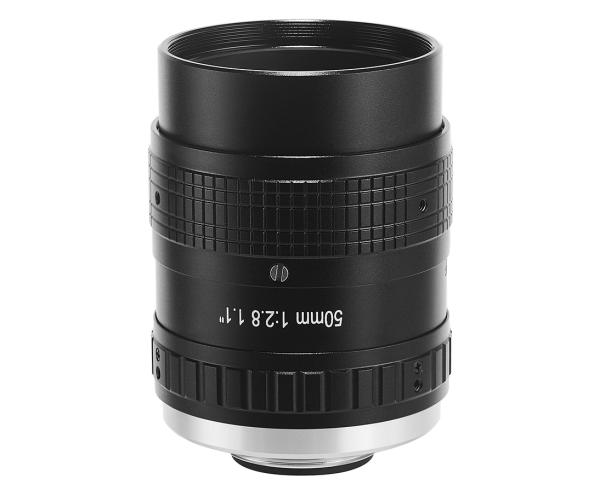Choosing the right aberration rate for an industrial lens requires considering multiple factors, such as specific application requirements, measurement accuracy requirements, cost budget, etc. Here are some suggestions and considerations for selection:
1.Identify application requirements
Identify the specific requirements of industrial applications for image quality and measurement accuracy, and determine the required image quality standards based on the requirements. For example, for some applications that require high image clarity and accuracy, it may be necessary to select an industrial lens with a lower aberration rate.
2.Understanding aberration types
Understand the impact of different aberration rates on image quality, including distortion, chromatic aberration, spot spread, etc., so as to choose the most suitable industrial lens for specific applications.
Aberrations are mainly divided into radial aberrations and tangential aberrations. Radial aberrations are usually characterized by object distortion at the edge of the image, while tangential aberrations are caused by angular errors between the lens and the imaging plane. For most industrial applications, radial aberrations are probably the more dominant problem.
The industrial lens
3.Check lens specifications
When selecting a lens, it is also recommended to check the aberration rate data in its specifications, which is usually given as a percentage or pixel value. For applications that require high-precision measurement, it may be more appropriate to choose a lens with a lower aberration rate.
4.Understanding the testing methodology
Lens manufacturers usually provide data or methods for aberration testing. Understanding these testing methods can help more accurately evaluate the aberration performance of the lens.
5.Consider cost budget
Generally speaking, industrial lenses with lower aberration rates will be more expensive. Therefore, it is necessary to consider the cost budget to determine whether a higher quality lens is needed.
Aberration rate considerations for industrial lenses
6.Consider environmental factors
It is also necessary to consider factors such as the lighting conditions and temperature changes in the working environment to ensure the stability and reliability of the lens.
In addition to the aberration rate, the selection of the lens also needs to consider whether other parameters such as resolution, field of view, focal length, etc. meet the requirements.
Final Thoughts:
If you are interested in purchasing various types of lenses for surveillance, scanning, drones, smart home, or any other use, we have what you need. Contact us today to learn more about our lenses and other accessories.
Post time: Dec-24-2024





